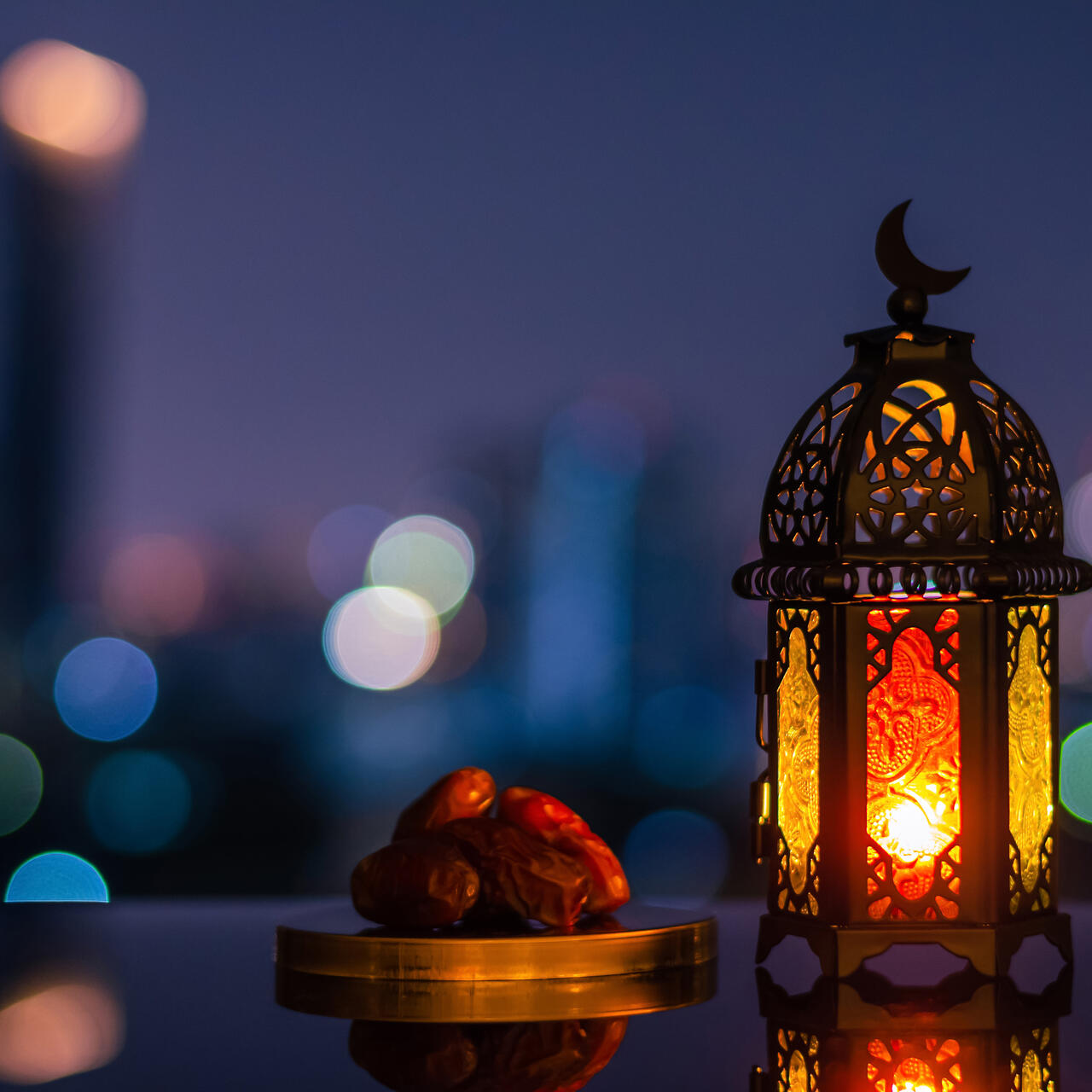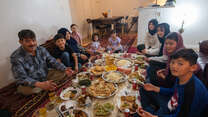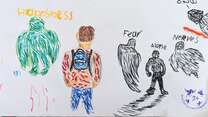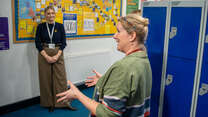
The month of Ramadan is a time for spiritual reflection for Muslims. The dates of Ramadan come earlier each year and in 2030, Eid will likely fall on Christmas Day. You can check the dates of Ramadan online - in 2026 Ramadan starts on the evening of the 17th February and finished around the 18th March (although this will be announced closer to the time).
During the month of Ramadan, most Muslims will fast, take time to recite the Qur’an, pray, seek to learn more about their religion and give Zakat (charitable donations). Fasting is a way of showing self-restraint, developing a closer relationship with Allah, and reflecting on your acts throughout the year. Fasting is not about losing weight or suffering. Muslims will eat during the hours of darkness, ensuring they are filling up on liquids, sugars and carbohydrates to see them through the daylight hours in the following day. While fasting, students will not drink or eat anything during the hours of sunlight. Muslims will wake up to pray Fajr (the first of the five daily prayers before the sun rises), so students may be tired during the school day. Check in with your students to learn more about how they celebrate Ramadan in their family/community and how you can support them during this sacred time.
It’s important to check with parents before Ramadan begins to know how to support your students best. Here are some ideas of how schools can support students in the holy month of Ramadan.
1) Designated prayer spaces
Have designated prayer spaces which are clean from clutter, have enough space for all the children to pray and have prayer mats available. Give children prayer cards so they can leave class to complete all of their daily prayers. This is especially important during Ramadan.
2) Lunch time provisions
Set up spaces for children to create Islamic arts and crafts or just rest at lunchtime, away from other children who are eating. Some children will be happy to go to the canteen but others may find it difficult while they are fasting. Some children may only do mini-fasts of half days, while others may do full days with the adults in their family. Children will wake up very early to eat before the sun rises, so may be tired during the day
3) Whole school celebrations
Avoid food related events in school during the month of Ramadan. Try to rearrange these for after Eid so all children can participate. Plan a school-wide celebration for Eid, for example an extended lunch with traditional foods - ask children what food they usually eat at home for Eid. Decorate the school with lanterns and Islamic art made by all children. Invite a local Imam to the school to lead a presentation on Ramadan and Eid and what it means to Muslims
4) Awareness raising
Make all parents and students aware that Ramadan and Eid are coming up by writing about it in the newsletter with some key facts. List any community Eid celebrations at local mosques. Many mosques will have free meals when the sun sets (Iftah) for anybody in the community (Muslim or not) to join. During Eid, Mosques may hold open days and community celebrations where anyone is welcome to come and share a meal
5) Attendance and sensitivities
Discuss with families and students about allowing days off school for Eid celebrations if necessary. It is the most important time of the Islamic year and a time meant for family and community celebrations. It’s also a huge part of students’ identities. Students who have recently arrived from Islamic countries will be used to having Eid as a holiday as we have Christmas in the UK.
What is the IRC’s Healing Classrooms?
The IRC’s Healing Classrooms programme was launched in the UK in May 2022. We offer free training for teachers and support staff that focuses on how to provide a safe and supportive learning environment for refugee children. Based on 40 years of education in emergencies experience and a decade of research and field testing, the Healing Classrooms programme offers children a safe and predictable place to learn and cope with the consequences of conflict and displacement.
Find out more about the IRC’s Healing Classrooms.



